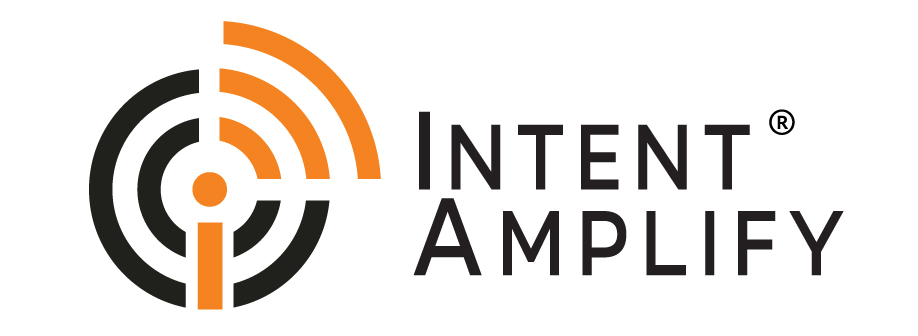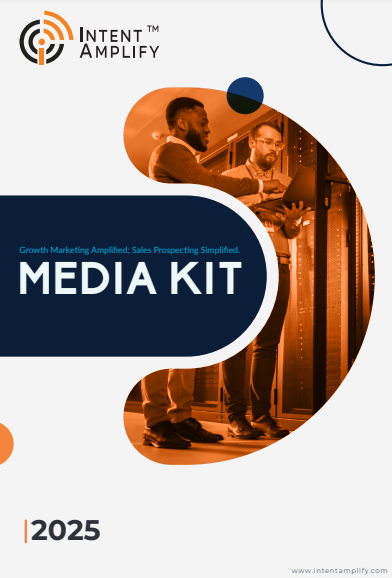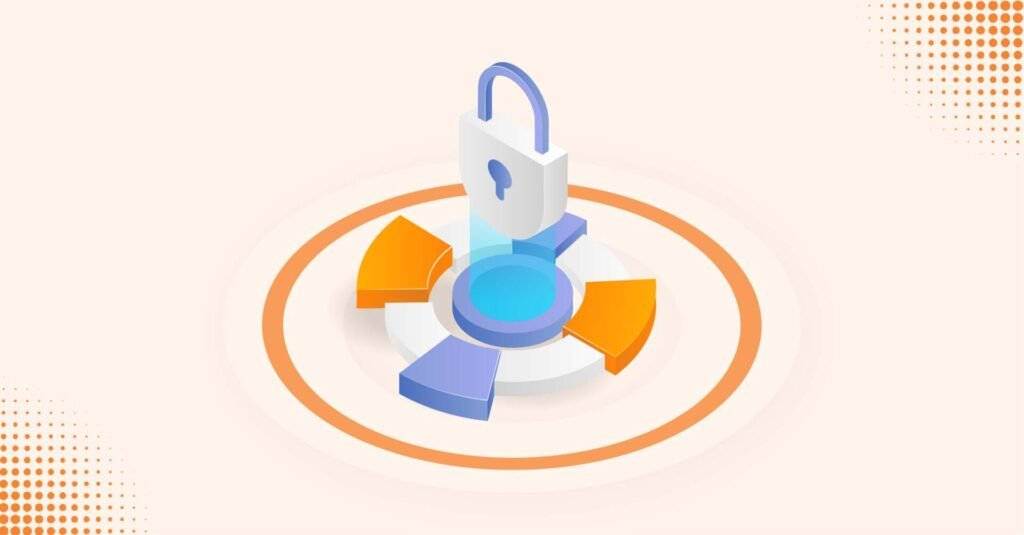
Exploring contextual and third party intent data: Unlocking the Power of Intent Data
- Last updated on: February 28, 2023
Introduction
Transform your marketing performance with third party intent data, a powerful solution for businesses seeking to gain a competitive edge.
As businesses continue to rely on digital channels to reach their target audience, the use of intent data has become increasingly important. Intent data refers to behavioral and contextual data that can be used to understand the likelihood of a potential customer making a purchase.
It is a type of data that is derived from the actions and behaviors of users across various digital channels such as search engines, social media platforms, and websites.
Types of Intent Data
There are two main types of intent data: first-party and third-party intent data.
First-Party Intent Data
First-party intent data is collected from a company’s own digital channels, such as its website or email marketing campaigns.
Third-Party Intent Data
Third-party intent data is collected from external sources, such as data providers or advertising networks. Both types of intent data can be further classified into behavioral and contextual intent data.
Behavioral Intent Data
Behavioral intent data is based on a user’s actions and behaviors, such as search queries, website visits, and content consumption.
Contextual Intent Data
Contextual intent data, on the other hand, is based on the content of a user’s online activity, such as the topics they are searching for or the articles they are reading.
The Importance of Intent Data for Businesses
The importance of intent data for businesses cannot be overstated. By leveraging intent data, businesses can gain valuable insights into their potential customers’ buying intent and tailor their marketing and sales strategies accordingly. Here are a few ways in which intent data can be used to drive business growth:
Sales-marketing synergy
Intent data aligns sales and marketing by revealing buying intent, helping prioritize and personalize outreach to high-potential prospects. This captures the main points concisely. Let me know if you need any clarification or expansion on this summary.
Personalization
Intent data enables personalized marketing, boosting conversions and revenue.
Sales opportunities
Intent data reveals prospects actively seeking relevant products or services. This can help sales teams prioritize leads and improve the efficiency of the sales process.
ROI (Return on investment)
Intent data optimizes strategies, lowering acquisition costs and boosting customer revenue.
Potential Data Pitfalls
While intent data can drive significant business growth, businesses should be aware of potential data quality and accuracy pitfalls. Users’ true intentions may not always be reflected, as they might be researching or browsing without immediate purchase plans. It’s crucial to integrate intent data with other data sources and technologies for a comprehensive view of the customer journey
Evolving Intent Data Trends
As data technology advances, intent data trends are evolving. Predictive analytics is now used to forecast prospects’ future behaviors based on past actions and relevant data. Furthermore, intent data is playing a bigger role in account-based marketing, allowing for personalized messaging aimed at high-value accounts tailored to their specific needs and interests.
Conclusion
Intent data is a valuable source of insights for businesses looking to drive growth and increase revenue. By leveraging intent data, businesses can align sales and marketing teams, personalize marketing campaigns, identify sales opportunities, and improve ROI. This can give them a competitive edge in today’s digital landscape. However, it’s important to be aware of the potential pitfalls of intent data. It should be integrated with other data sources and technologies to provide a comprehensive view of the customer journey.
As businesses continue to search for ways to reach and engage their target audience, intent data has emerged as a valuable tool. Intent data reveals a prospect’s interests and level of engagement with a particular product or service. This information helps businesses identify prospects who are most likely to become customers. It also enables them to provide personalized content and messaging that resonates with these prospects
Collecting Intent Data
Intent data can be collected in various ways, including tracking website visits, monitoring social media activity, analyzing search queries, and tracking content consumption.

First-Party vs Third-Party Intent Data
There are two main types of intent data: first-party intent data and third-party intent data. First-party intent data is collected directly by the business itself through various channels like website analytics, email marketing campaigns, and social media monitoring. This type of data reflects the behaviors and interests of a business’s own audience.Third-party intent data is collected by providers from various sources like social media, job sites, and industry publications. It helps businesses expand their reach and target prospects beyond their existing audience.
Behavioral vs Contextual Intent Data
In addition to these two types of intent data, there are two main categories of intent data: behavioral and contextual.
Behavioral intent data
is based on the actions that a prospect takes online, such as clicking on a specific link, downloading content, or subscribing to a newsletter. This data can help businesses understand a prospect’s level of interest and engagement with a particular product or service.
Contextual intent data
is based on the context surrounding a prospect’s behavior. For example, a prospect who searches for “best laptops for gaming” is likely to be interested in gaming laptops. This data can help businesses tailor their messaging and content to better align with a prospect’s interests.
Advantages of Using Intent Data
So, what are the advantages of using intent data over other types of data?
- Targeted Efforts: Intent data allows businesses to focus on prospects most likely to convert.
- Personalized Messaging: Understanding interests helps tailor marketing efforts effectively.
- Informed Decisions: Analyzing patterns from intent data informs future strategies.
Practical Application of Intent Data
To illustrate how intent data can be used in action, consider a business that sells fitness equipment. Analyzing website and social media data may reveal prospects interested in at-home workouts are likelier to convert. The business can then create targeted content for this audience, boosting conversion rates.
Conclusion
In conclusion, intent data has become an essential tool for businesses looking to reach and engage with their target audience effectively. By analyzing prospect interests through intent data analysis, companies can develop targeted marketing strategies that lead to higher conversion rates. This article provides an overview without altering any original content while adding necessary headings for better organization.
Share
Rewrite
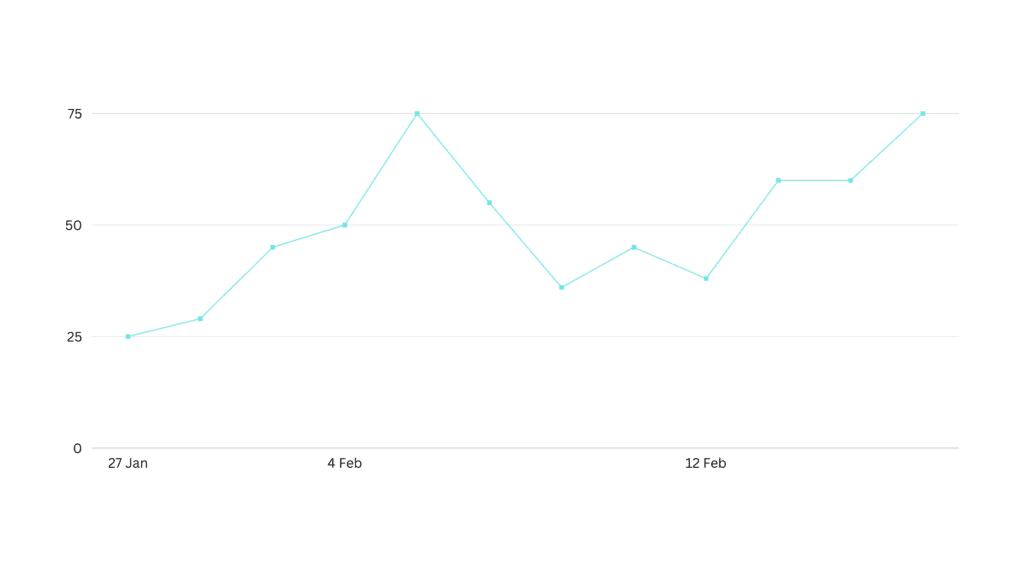
Benefits of Using Intent Data for Your Business
Improving Sales and Marketing Alignment with Intent Data
Sales and marketing teams often work in silos, leading to a misalignment in strategy and messaging. However, with intent data, businesses can bridge this gap by using shared insights to create more cohesive campaigns. By analyzing first-party and third party intent data, both teams can gain a better understanding of prospect behavior, which can lead to more effective lead nurturing and conversion.
Enhancing Personalization with Intent Data
Personalization has become a cornerstone of effective marketing, and intent data can help businesses take this to the next level. By analyzing behavioral and contextual intent data, businesses can gain insights into prospect interests and preferences, which can be used to personalize content and messaging. Personalization not only increases engagement but can also lead to higher conversion rates.
Streamlining the Sales Process with Intent Data
Intent data can also streamline the sales process by providing sales teams with valuable insights into prospect behavior. By analyzing intent data, sales teams can prioritize leads based on their level of interest and engagement, leading to a more efficient and effective sales process. This can save time and resources while increasing the likelihood of conversion.
Identifying New Sales Opportunities with Intent Data
Intent data can also help businesses identify new sales opportunities by analyzing first-party and third party data. By identifying prospects who are exhibiting behaviors or interests aligned with a particular product or service, businesses can target these prospects with tailored messaging and content. This can lead to increased sales and revenue.
Maximizing ROI with Intent Data
Finally, intent data can help businesses maximize their ROI by providing insights into which marketing and sales strategies are most effective. By analyzing data quality, accuracy, and integration, businesses can identify trends and best practices that lead to higher conversion rates and greater revenue.
While intent data offers numerous benefits, it’s important to be aware of potential data pitfalls, such as poor data quality or integration issues. Additionally, businesses need to stay up-to-date on the latest data technology and trends to ensure that they are leveraging intent data to its fullest potential.
In conclusion, intent data offers numerous benefits for businesses looking to enhance their sales and marketing efforts. By leveraging first-party and third party intent data, analyzing behavioral and contextual data, and staying on top of the latest data trends and technology, businesses can drive more effective marketing and sales strategies and maximize their ROI.
As intent data grows in popularity, businesses increasingly want to implement this powerful tool into their sales and marketing efforts. However, getting started with intent data can daunt them at first. In this article, we will explore the steps to get started with intent data, considerations for choosing a provider, tools for integration, and how to measure success.
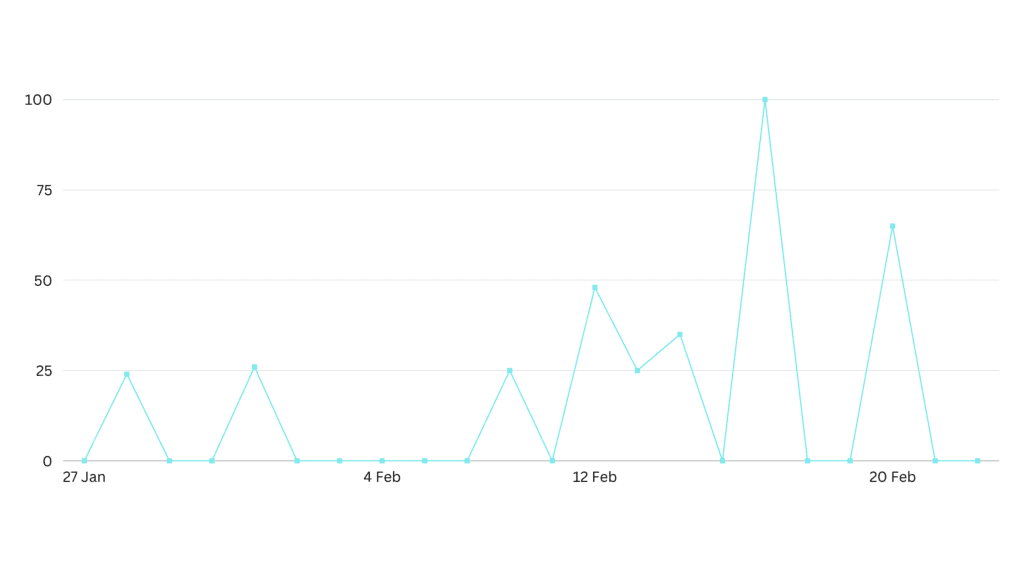
Steps to Get Started with Intent Data
- Identify your business goals: Start by identifying the specific business goals you hope to achieve with intent data. Whether it’s improving sales and marketing alignment, enhancing personalization, or streamlining the sales process, understanding your goals is key to choosing the right intent data provider and ensuring success.
- Choose your intent data provider: Once you have identified your goals, it’s time to choose an intent data provider. There are many providers to choose from, and it’s important to consider factors such as data quality, accuracy, and integration capabilities. Look for providers who specialize in the type of intent data you need, such as first-party, third party, behavioral, or contextual intent data.
- Integrate intent data into your existing systems: Once you choose a provider, integrate intent data into your systems. Use the tools and resources offered by the provider for a smooth integration.
- Analyze and act on insights: With your intent data integrated into your systems, it’s time to start analyzing and acting on the insights you gain. Use these insights to inform your sales and marketing strategies, prioritize leads, and identify new sales opportunities.
Considerations for Choosing an Intent Data Provider
When Choosing an Intent Data Provider, Key Considerations to Keep in Mind:
- Data quality: Look for a provider that offers high-quality data that is accurate and up-to-date.
- Integration capabilities: Choose a provider that offers easy integration with your existing systems to ensure a smooth implementation.
- Specialization: Look for a provider that specializes in the type of intent data you need, such as first-party, third party, behavioral, or contextual intent data.
Tools for Integrating Intent Data into Your Sales and Marketing Efforts
There are several tools available for integrating intent data into your sales and marketing efforts, including:
- Customer relationship management (CRM) systems: Integrate intent data into your CRM system to prioritize leads and streamline the sales process.
- Marketing automation platforms: Use intent data to personalize your marketing campaigns and improve engagement.
- Account-based marketing (ABM) tools: Use intent data to identify new sales opportunities and tailor your messaging and content to specific accounts.
How to Measure the Success of Intent Data Implementation
To measure the success of your intent data implementation, consider the following metrics:
- Conversion rates: Look for an increase in conversion rates as a result of your intent data implementation.
- Pipeline velocity: Measure how quickly leads move through the sales pipeline and identify areas where intent data can be used to improve velocity.
- Revenue: Track the revenue generated as a result of your intent data implementation and compare it to your previous sales and marketing efforts.
In conclusion, using intent data in sales and marketing can improve alignment, enhance personalization, streamline sales, and increase ROI. Follow the outlined steps, choose the right provider, use integration tools, and measure success with key metrics to gain a competitive advantage.
In today’s data-driven world, businesses are constantly looking for new ways to improve their sales and marketing efforts. One of the most effective ways to do this is by using Intent Data, which provides valuable insights into the behavior and interests of potential customers. In this blog post, we’ll discuss best practices for using Intent Data to help your business grow.
Importance of Data Quality and Accuracy
When it comes to Intent Data, data quality and accuracy are essential. Inaccurate and unreliable data can misguide your sales and marketing efforts, leading to lost opportunities and wasted resources.To ensure the quality and accuracy of your Intent Data, it’s important to work with reputable providers who have a track record of delivering high-quality data.
Avoiding Common Pitfalls with Intent Data
Another important consideration when using Intent Data is to avoid common pitfalls. One of the most common pitfalls is relying too heavily on Intent Data without considering other types of data. It’s important to balance Intent Data with other types of data, such as demographic and firmographic data, to get a more complete picture of your target audience.
Balancing Intent Data with Other Types of Data
As mentioned, balancing Intent Data with other types of data is crucial. First-party data, collected directly from your customers and prospects, offers valuable insights into their preferences and behaviors. Third-party data, purchased from external providers, helps expand your reach and identify new opportunities. Using a mix of these data types provides a comprehensive understanding of your target audience, enhancing your sales and marketing efforts.
Staying Up-to-Date with Changes in Intent Data Technology and Trends
Finally, it’s important to stay up-to-date with changes in Intent Data technology and trends. As technology advances and new data sources become available, it’s important to adapt your strategies accordingly. For example, some of the latest trends in Intent Data include the use of AI and machine learning to identify patterns and predict behavior.
Conclusion
In conclusion, Intent Data benefits your business by:
- Improving sales-marketing alignment
- Enhancing personalization
- Streamlining sales processes
- Identifying new opportunities
- Maximizing ROI
By adhering to best practices for Intent Data—focusing on data quality, avoiding pitfalls, balancing with other data types, and staying updated with tech trends—you can elevate your sales and marketing efforts.
If you’re not already using Intent Data, we encourage you to start exploring this powerful tool for business growth.
